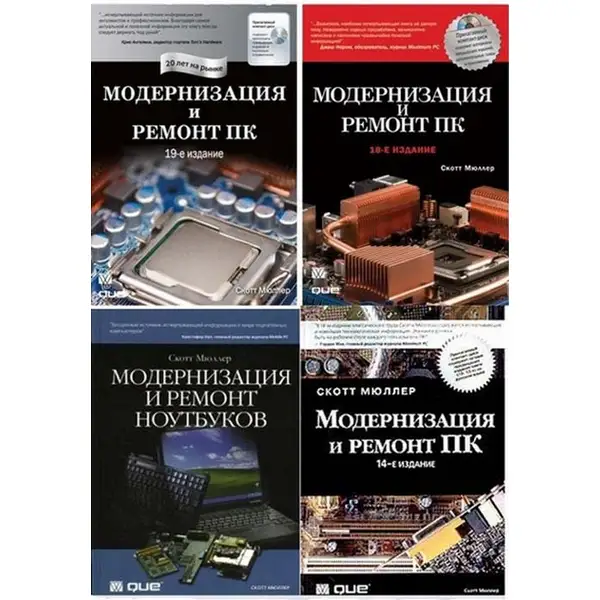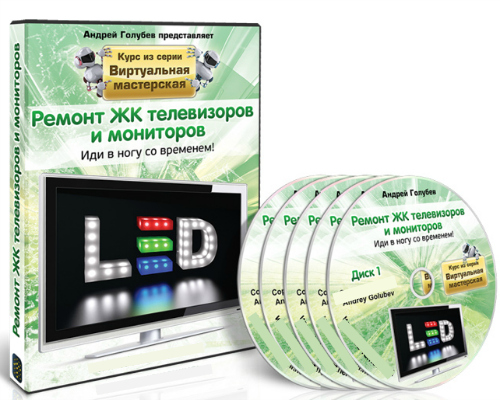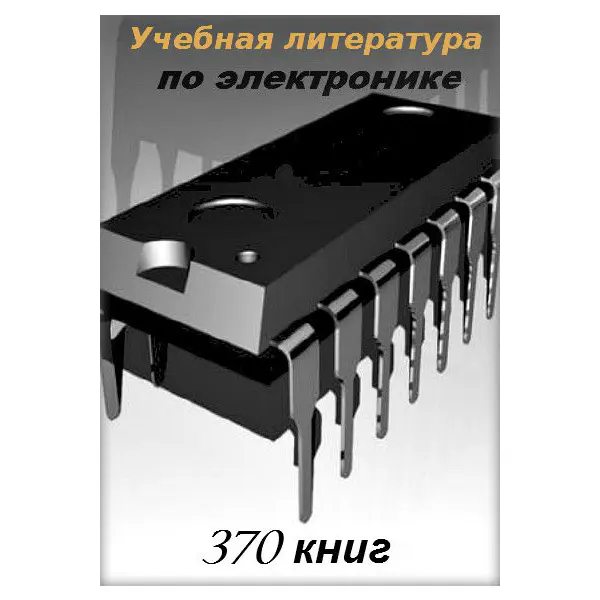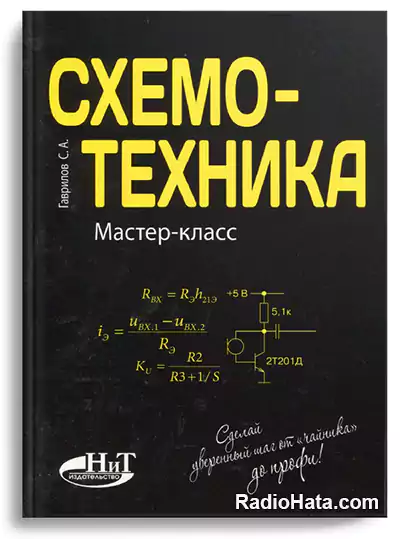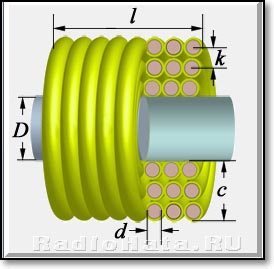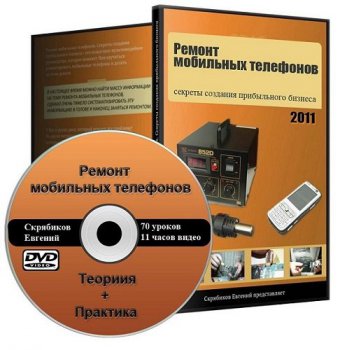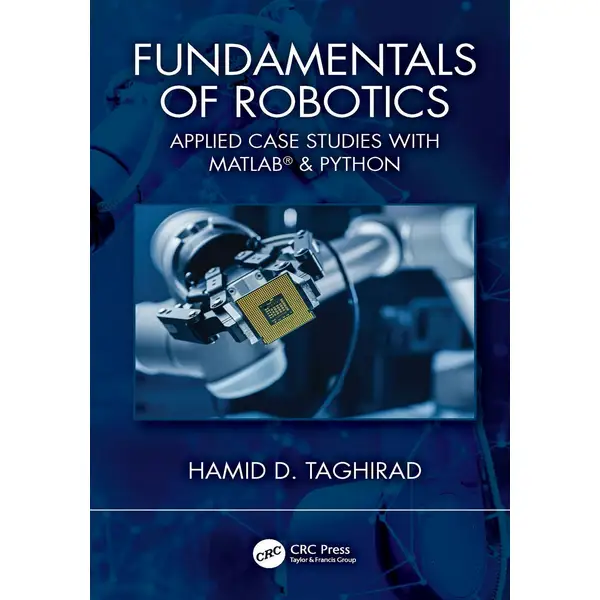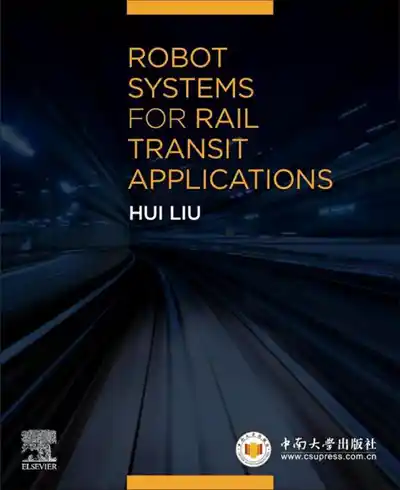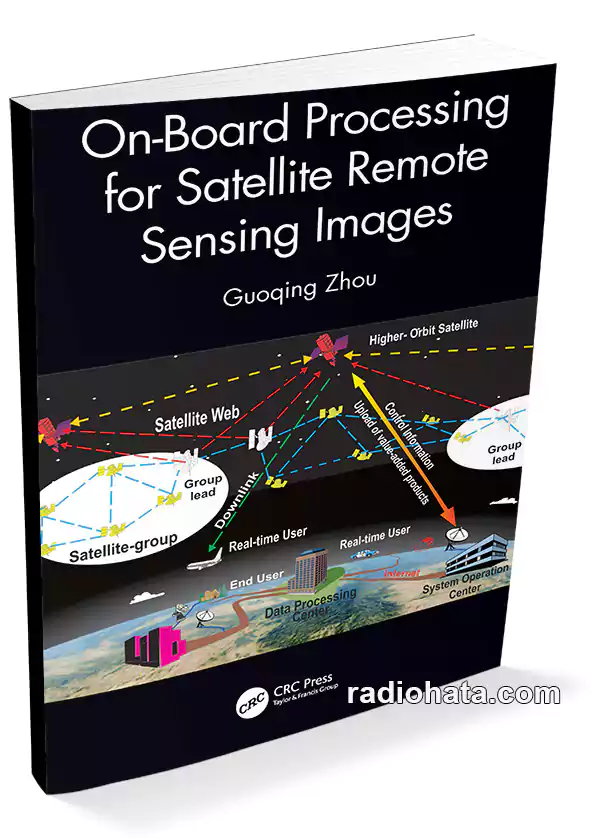Популярное
Geometric Algebra Applications Vol. II: Robot Modelling and Control
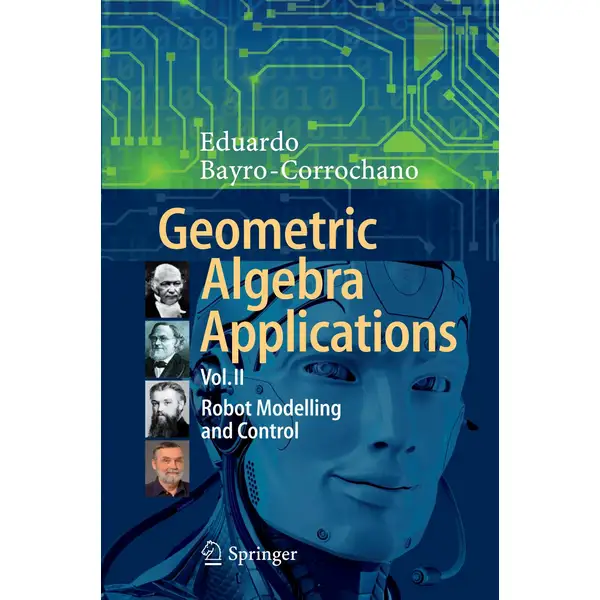
Geometric Algebra Applications Vol. II: Robot Modelling and Control | Eduardo Bayro-Corrochano
English | 2020 | True PDF | 609 pages | 14.4 MB
The goal of Geometric Algebra Applications Vol. II: Robot Modeling and Control is to present a unified mathematical treatment of diverse problems in the general domain of robotics and associated fields using Clifford, or geometric algebra. By treating a wide spectrum of problems in a common language, this Volume II offers both new insights and new solutions that should be useful to scientists, and engineers working in different areas related with robotics.
Topics and features:
-Introduces a no specialists to Clifford, or geometric, algebra and by examples encourages the reader to learn to compute using geometric entities and geometric formulations.
-A study in depth for applications of Lie group theory, Lie algebra, spinors and versors and the algebra of incidence using the universal geometric algebra generated by reciprocal null cones.
-Includes a thorough study of kinematics, differential kinematics and dynamics using geometric algebra. The Euler Lagrange and Hamiltonians equations for dynamics are developed using conformal geometric algebra and the recursive Newton-Euler using screw theory in the motor algebra framework. A thorough study of robot modeling and nonlinear controllers.
-Thorough discussion of several applications in computer vision, graphics, neurocomputing, quantum computing, robotics and control engineering using the geometric algebra framework.
-209 exercises and hints for the development of future computer software packages for extensive calculations in geometric algebra. A entire section is dedicated to explain how one should write the subroutines in C++, Matlab and Maple to carry out efficient geometric computations in the geometric algebra framework. Furthermore it is shown how program code can be optimized for real time computations.
-The book is an essential resource for applied physicists, computer scientists, AI researchers, roboticists and mechanical and electrical engineers, it clarifies and demonstrates the importance of geometric computing for building autonomous systems and push forward advances in cognitive systems research.
-A study in depth for applications of Lie group theory, Lie algebra, spinors and versors and the algebra of incidence using the universal geometric algebra generated by reciprocal null cones.
-Includes a thorough study of kinematics, differential kinematics and dynamics using geometric algebra. The Euler Lagrange and Hamiltonians equations for dynamics are developed using conformal geometric algebra and the recursive Newton-Euler using screw theory in the motor algebra framework. A thorough study of robot modeling and nonlinear controllers.
-Thorough discussion of several applications in computer vision, graphics, neurocomputing, quantum computing, robotics and control engineering using the geometric algebra framework.
-209 exercises and hints for the development of future computer software packages for extensive calculations in geometric algebra. A entire section is dedicated to explain how one should write the subroutines in C++, Matlab and Maple to carry out efficient geometric computations in the geometric algebra framework. Furthermore it is shown how program code can be optimized for real time computations.
-The book is an essential resource for applied physicists, computer scientists, AI researchers, roboticists and mechanical and electrical engineers, it clarifies and demonstrates the importance of geometric computing for building autonomous systems and push forward advances in cognitive systems research.
Download Geometric Algebra Applications Vol. II: Robot Modelling and Control
Похожие новости
Информация
Посетители, находящиеся в группе Гости, не могут оставлять комментарии к данной публикации.
-
Зарубежные журналы
-
Радиотехнические журналы
-
Книги
